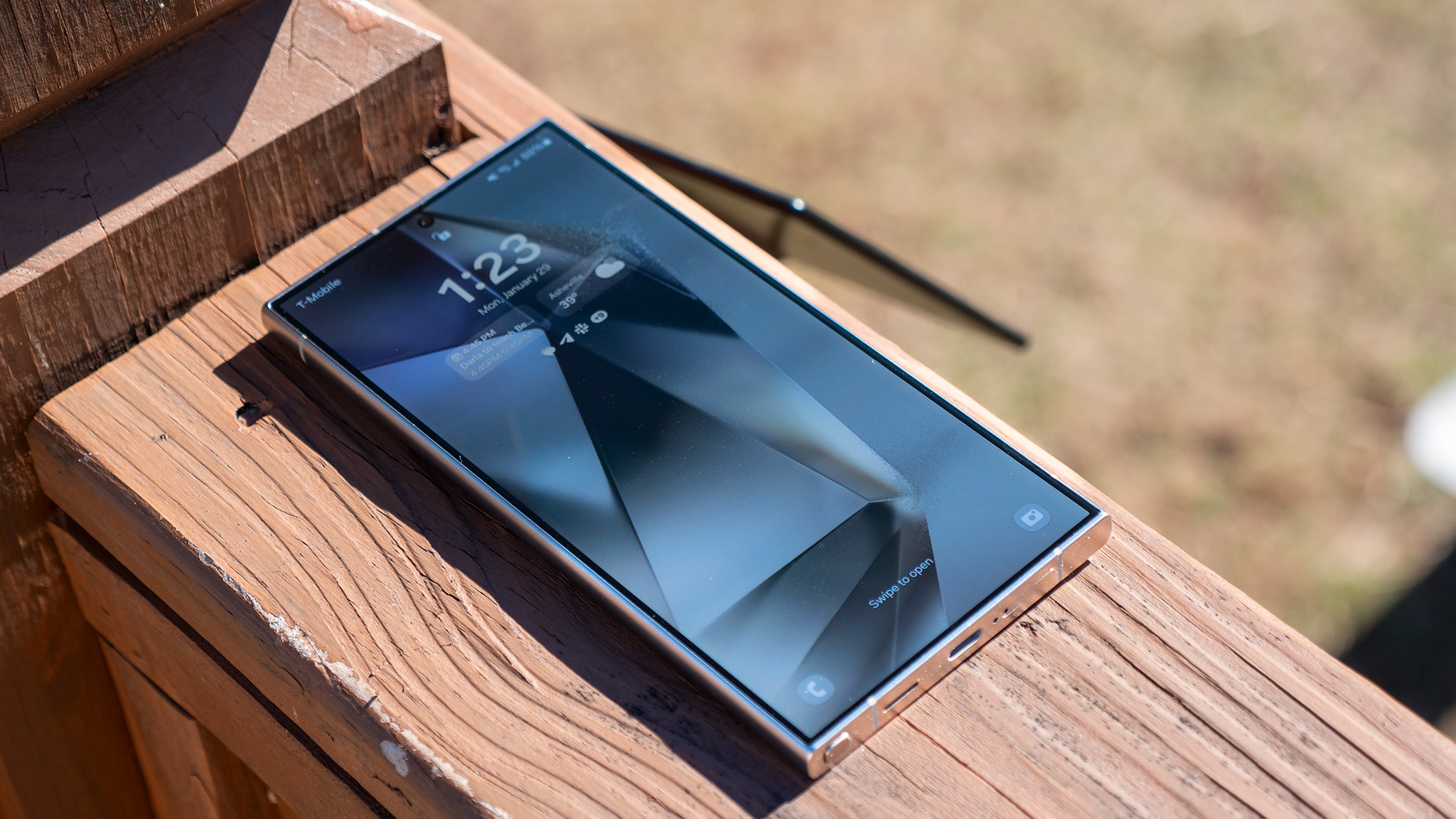
Something different
If you’re looking for something different from the usual, the ASUS Zenfone 11 Ultra stands out among the pack. It has AI features to rival other brands, though some are still in beta. It offers support for hi-res music, fast refresh rate for gaming and entertainment, and solid specs, overall. But it’s more of a short-term phone given the limited software and security update support.
For
- Unique design
- Comes with AI features (some beta)
- Bright, stunning screen
- Has headphone jack
Against
- No expandable storage
- Limited software and security updates
- Can overheat while gaming
- Doesn't have a charger in the box
As premium as they come
The Samsung Galaxy S24 Ultra is about as premium an Android device as you can get. It has lots of AI features, being among one of the first Android devices to incorporate many of them. It’s a stunning, durable, and high-quality phone with impressive specs. But it’s also one of the more expensive Android devices. With that said, it will be supported by software and security updates for a long, long time.
For
- Comes with AI features
- High-res, bright screen
- Made of durable, elegant materials
- Comes with an S Pen
Against
- Expensive
- No expandable storage
If AI is on the mind, two phones that really focus on incorporating AI features are the ASUS Zenfone 11 Ultra and the Samsung Galaxy S24 Ultra. These are two very different phones, however, when it comes to price point. Naturally, Galaxy devices have a reputation for being among the most popular and respected Android phones around. How does the ASUS Zenfone 11 Ultra stack up? Let’s take a look.
ASUS Zenfone 11 Ultra vs. Samsung Galaxy S24 Ultra: On the outside and basic specs
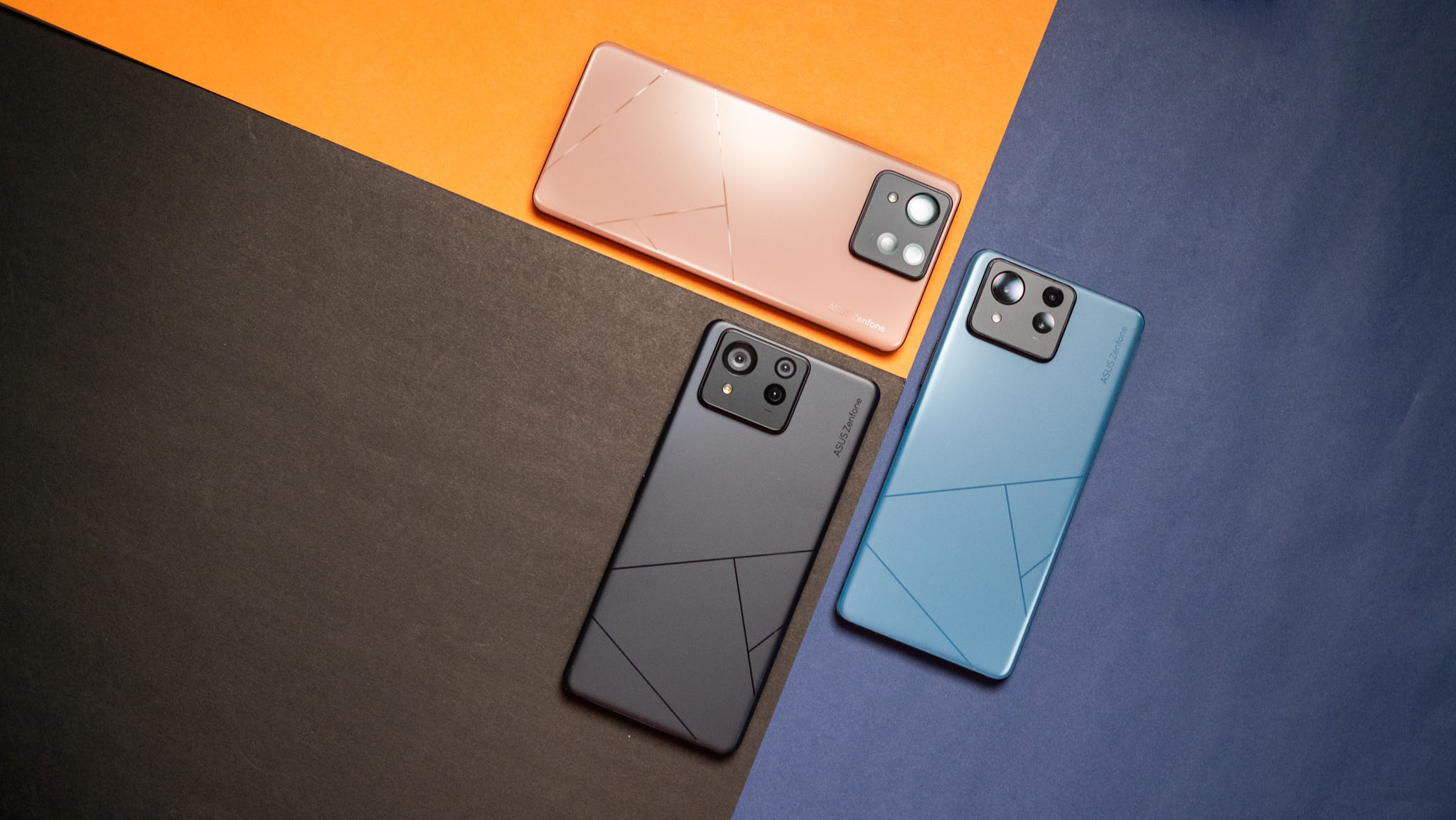
The ASUS Zenfone 11 Ultra is the newer phone of the two, introduced in March 2024. Each has black sides with Skyline Blue, Eternal Black, Misty Grey, or Desert Sand on the back. The screen is a 6.78-inch flexible E6 AMOLED display that boasts a 2,400 x 1,080-pixel resolution and is protected by Corning Gorilla Glass Victus 2. Employing a glossy matte finish with the Chinese symbol for “people” on it, the phone is both durable and elegant. It also meets IP68 certification for water and dust resistance.
The screen is ultra-bright, so you can comfortably view it in any setting, including bright sunlight, thanks to 1,600 nits brightness and 2,500 nits peak brightness. To keep up with all types of tasks, from basic e-mails to intense gaming sessions, the screen refresh rate can flip from 1-120Hz as needed. There is a boost option to go up to 144Hz as well, but Android Central’s Harish Jonnalagadda says in his Zenfone 11 Ultra review that it only works with a limited selection of games and can’t be manually turned on.
A smidge shorter and lighter than the Samsung Galaxy S24 Ultra, the ASUS Zenfone 11 Ultra is described by Jonnalagadda as being tall and heavy, but he adds that the weight distribution is balanced wonderfully, so it’s not uncomfortable to hold. The phone comes with 256GB or 512GB storage, and it does not have a microSD card slot.
Running on Android 14 with the ZenUI overlay, Jonnalagadda loves the customizability offered by ZenUI and says it’s fluid and nice looking. However, he did note that he was experiencing some issues with push notifications. The one major strike against this phone is the fact that it only comes with two major software updates and four years of security updates, which is far less than most premium phones nowadays, including the Samsung Galaxy S24 Ultra.
Equipped with an impressive 5,500mAh battery, you can be confident that the phone will last all day, and potentially even beyond. It also supports 65W HyperCharge fast charging along with wireless charging.
Along with dual stereo speakers that Jonnalagadda says are among the “loudest in this category,” the ASUS Zenfone 11 Ultra also has dual mics with ASUS Noise Reduction technology, Bluetooth 5.4, Wi-Fi Direct, NFC, and dual SIMs. Operating on the 5G network, there’s also a fingerprint sensor and face unlock options. One stand-out feature is that this phone has a 3.5mm input for connecting wired headphones, which is something a lot of other phone manufacturers are doing away with.

By comparison, the Samsung Galaxy S24 Ultra comes in Titanium Gray, Black, Violet, or Yellow, as well as Samsung exclusive colors Titanium Green, Blue, and Orange. As the name implies, it has a durable titanium frame with Corning Gorilla Armor that further improves durability, scratch resistance, and reduces glare. It has a more premium look and feel, and it’s more durable overall, including meeting the IP68 specification as well.
With a tad larger 6.8-inch Dynamic AMOLED 2X QHD+ screen, it’s also higher resolution at 3,088 x 1,440. The 2,600 nits peak brightness means you’ll have no trouble viewing the phone outdoors in bright sunlight. This is further solidified with Samsung’s Vision Booster technology. The same adaptive 120Hz refresh rate ensures the phone runs smoothly whether you’re posting to social media or playing a graphics-heavy game.
There’s an additional 1TB option along with 256GB and 512GB, but like the ASUS Zenfone 11 Ultra, this is not expandable. It, too, runs on Android 14 alongside Samsung’s One UI 6.1 overlay, so you can enjoy additional customization options with this phone as well. One feature that makes this phone stand out is the inclusion of a Samsung S Pen, which is ideal for sketching, taking notes, and seamlessly navigating without having to use your finger or thumb. The real stand-out here, however, is that Samsung supports the phone with seven years of both software and security updates, so you can rest assured that it will be “current” for many years to come.
The battery is not as big at 5,000mAh, but it does support fast wireless charging 2.0 via the WPC standard, so you’ll need a specific type of charger with a 45W adapter and 5A USB-C cable. It also works with Wireless PowerShare, so the phone can be used to recharge other compatible devices when placed atop its surface, like other Galaxy phones, Galaxy Buds, and more.
Additional features include dual stereo speakers, 5G, Wi-Fi Direct, and Bluetooth 5.3, but there’s no headphone jack.
ASUS Zenfone 11 Ultra vs. Samsung Galaxy S24 Ultra: Look at the specs
How do these two phones compare side-by-side when comparing specs?
By the numbers only, these two phones look similar. But let’s break it down further.
ASUS Zenfone 11 Ultra vs. Samsung Galaxy S24 Ultra: Processing and power
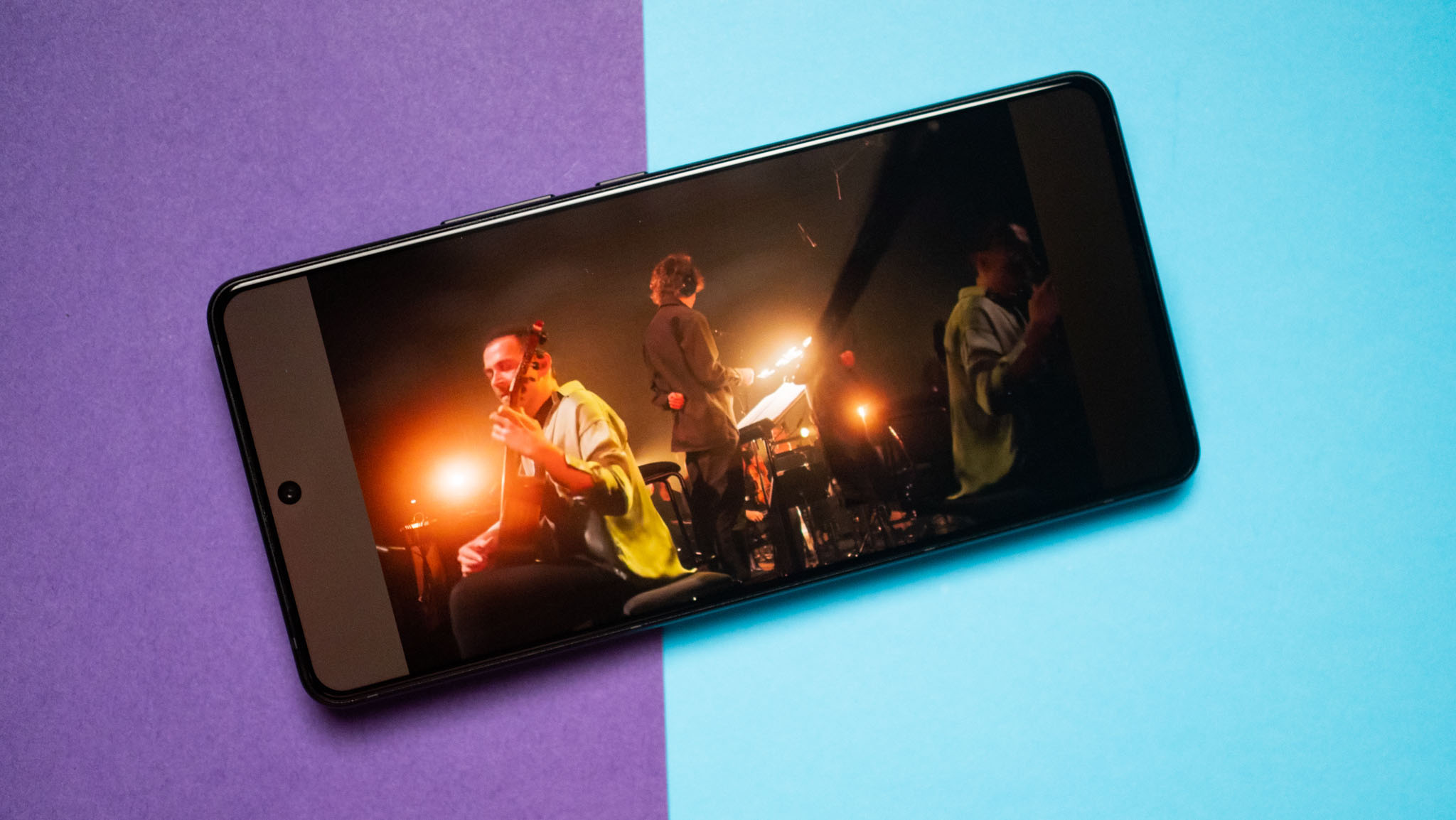
With a Snapdragon 8 Gen 3 processor and 12 or 16GB RAM, the ASUS Zenfone 11 Ultra is a pretty powerful device. It also comes with lots of AI features, though many are still in beta mode at the time of this writing. AI translator, for example, can translate your words into text and/or voice for the person on the other end of the call and vice versa. AI transcript transcribes phone calls in real-time, while AI wallpaper creates a personalized image for you based on the styles you love.
Along with AI noise cancellation, the ASUS Zenfone 11 Ultra also has dual stereo speakers and supports lossless, Hi-Res audio up to 384kHz/32-bit with compatible wired headphones. With Dirac Virtuo for Headphone spatial sound and aptX audio codecs support, you can further enjoy an immersive personal listening experience. Along with listening to music, Jonnalagadda says this feature makes a difference when watching streaming content and playing games.
The ASUS GlideX feature makes it easy to mirror your phone and share videos and photos across other devices, using the phone as a webcam and creating an improved desktop set-up. There’s also a feature called Phone Link that makes it possible to sync the phone with a laptop or PC and easily transfer files, take calls, and manage everyday productivity tasks.
There are features for gamers as well, including a game turbo engine that Jonnalagadda calls the best he has used on any phone. To ensure you have an uninterrupted video gaming experience, the Video Genie feature mutes calls and notifications until you’re done your playing session. One thing to note is that Jonnalagadda did notice some overheating after long gaming sessions.
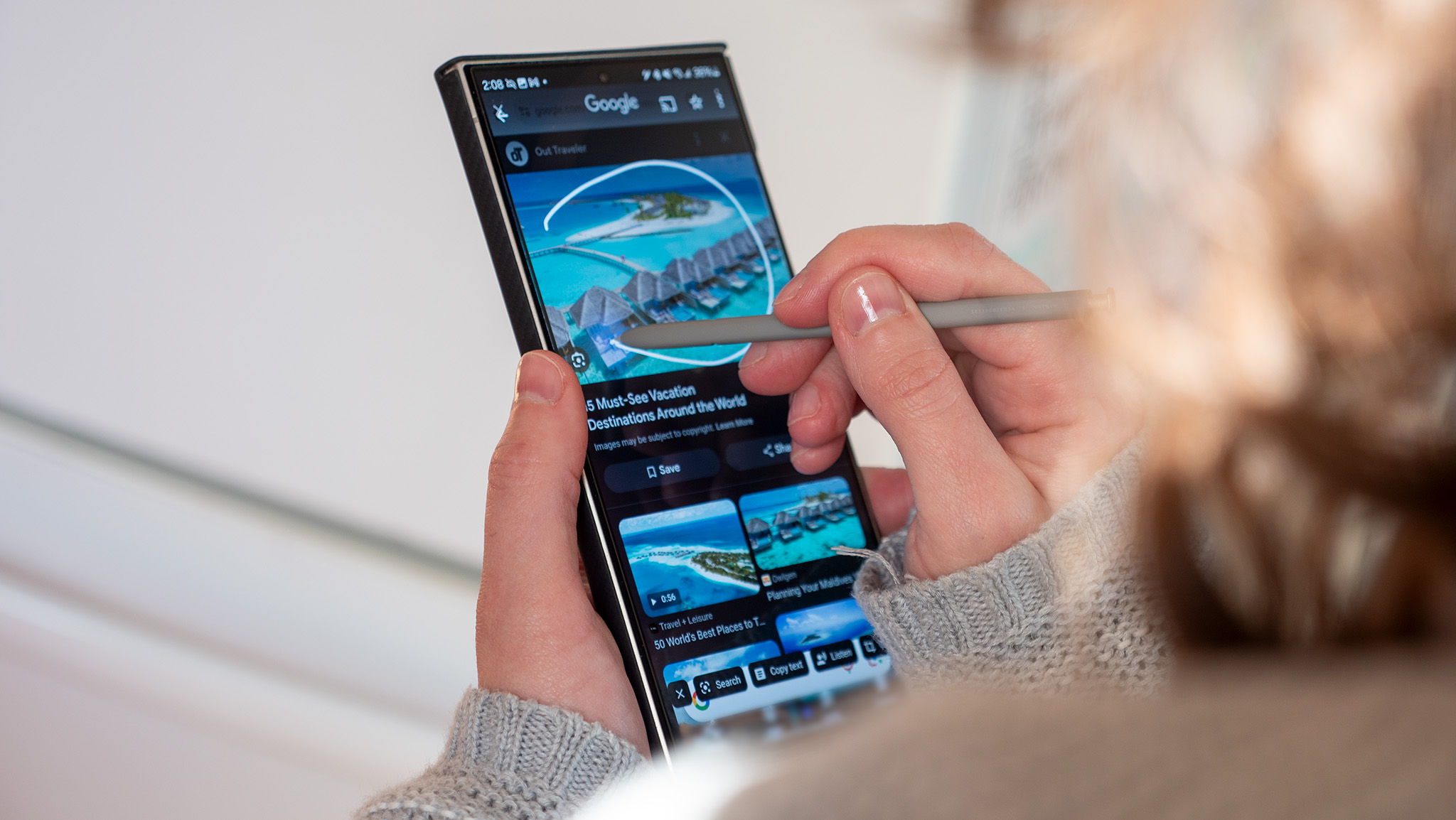
Powered by the same Snapdragon 8 Gen 3 platform, the Samsung Galaxy S24 Ultra offers 12GB RAM and a host of AI features as well. Live Translate offers real-time, two-way voice and text translation, and an interpreter feature displays live conversations on a split screen, both with and without an active connection.
With AI Chat Assist, get help composing text messages. AI in the keyboard, meanwhile, can help translate messages and e-mails in real time, both on the phone itself as well as while connected to Android Auto. In Samsung Notes, use Note Assist to get AI-generated summaries, templates, and more. Transcript Assist also uses AI to help transcribe recordings, even summarize them.
One of the coolest AI features is Google’s Circle to Search, which allows you to circle, highlight, scribble on, or tap an image on the screen to learn more about it. You’ll get contextual results right on the same screen without having to open a web browser separately. Depending on the type of content, you may also see additional overviews powered by AI that can tell you more about everything from a cultural dish to a plant or a piece of clothing or be able to ask further questions using natural language queries.
The phone has features for gamers as well, including a larger vapor chamber designed to improve thermal control to prevent the phone from overheating. For security, enjoy Samsung Knox, Advanced Intelligence settings for disabling AI features if preferred, secure Wi-Fi, and more.
Both these phones are powerful and offer plenty of AI goodies, though Samsung’s AI features are fully available now while the ASUS ones are still in beta mode. But the features work similarly, allowing you to get the most out of your phone.
ASUS Zenfone 11 Ultra vs. Samsung Galaxy S24 Ultra: Taking photos
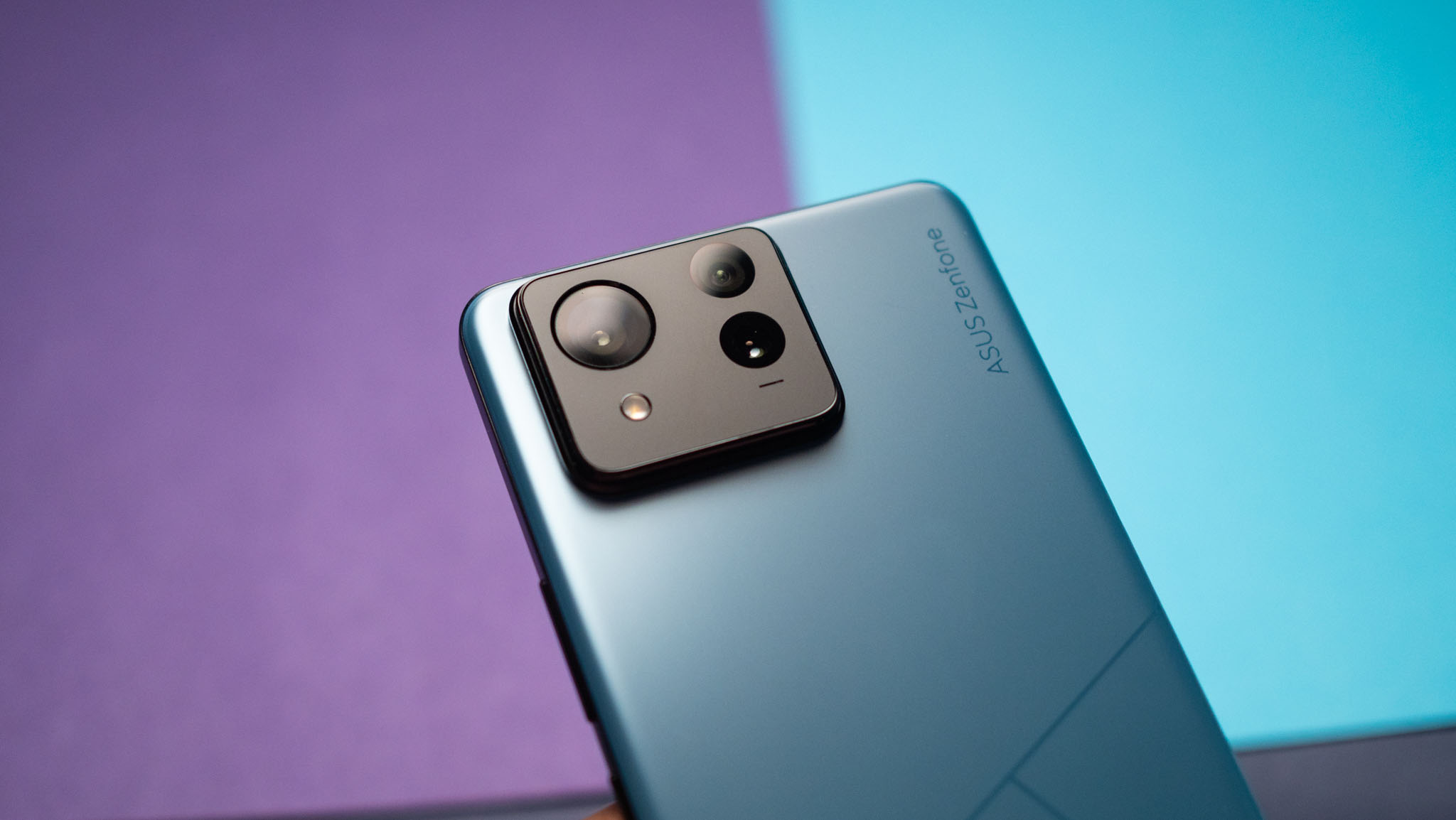
Nowadays, everyone takes photos with their smartphone, so ensuring the one you choose has decent camera is crucial.
The ASUS Zenfone 11 Ultra has a 50MP main camera, a 13MP ultra-wide camera, a 32MP telephoto camera with a 3x lens, and a 32MP front camera. After his tests, Jonnalagadda says photos had great detail both during the day and night, offering great dynamic range and color accuracy. In low-light scenarios, he did notice some fringing and a slight loss of detail. In comparison to older-model Zenfone models, however, he says this camera is the best yet.
The camera has some of the typical features you’d expect from a phone camera, including portrait mode, along with unique ones as well. The portrait video mode, for example, uses AI to provide a depth-of-field effect, and can recognize the faces of both people and pets. The Super Hyper Steady EIS algorithm works in tandem with other features to ensure smooth photos and photos.
Other camera features include 10x zoom with HyperClarity AI algorithm and direct processing of RAW files. AI Object Sense recognizes objects and optimizes them, and semantic search lets you locate photos in your albums based on specific parameters, like event, time, location, or object, using AI assistance.
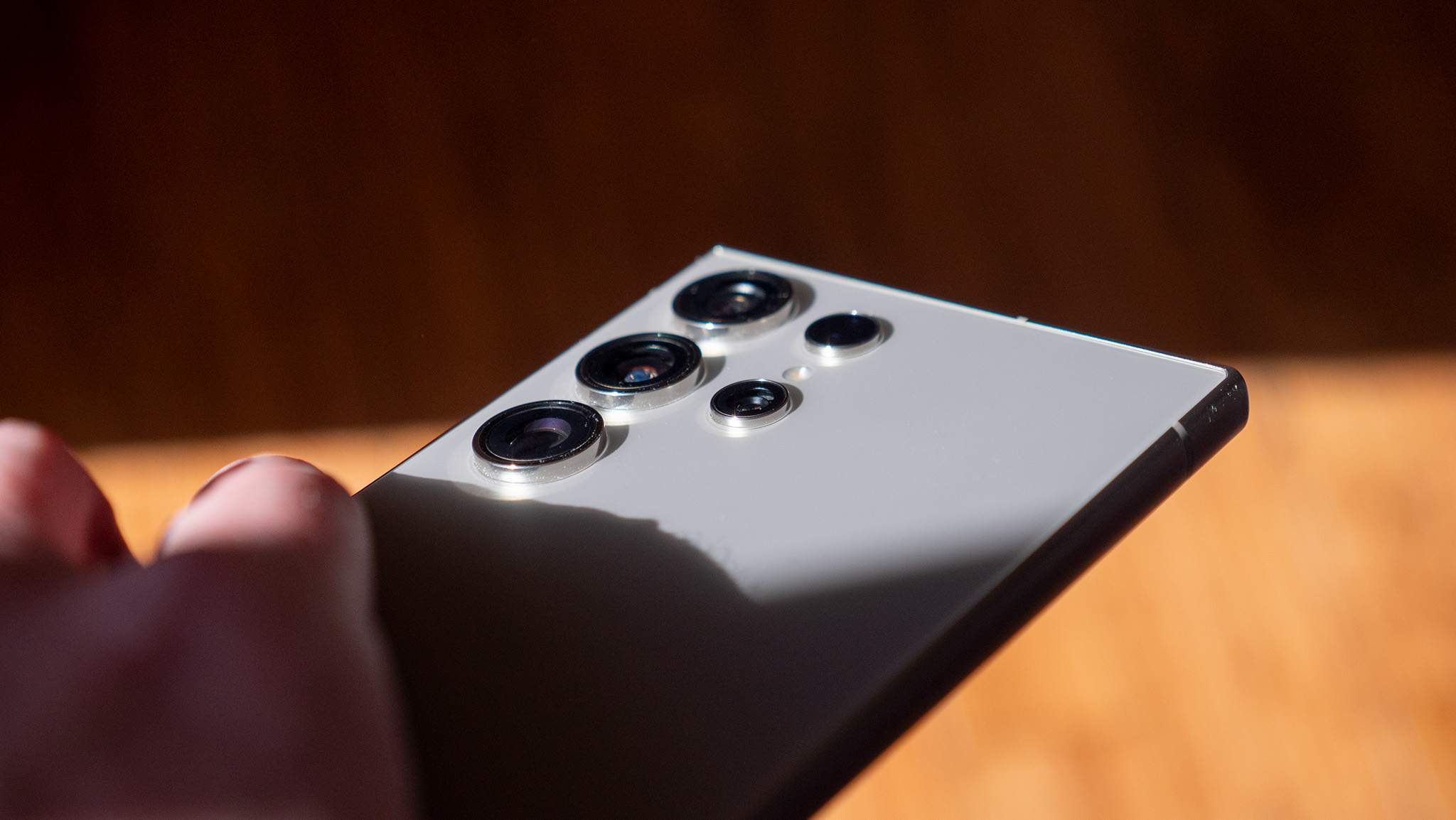
Samsung is known for offering great cameras with its Galaxy devices, and the Samsung Galaxy S24 Ultra cameras are no exception. It comes with a 200MP wide camera, a 50MP telephoto camera, a 10MP telephoto camera, a 12MP ultra-wide camera, and a 12MP front camera. There’s a ProVisual Engine that uses AI to improve photos, Quad Tele System with a 5x optical zoom lens that works with the 50MP sensor, and 100x enhanced digital zoom.
You can take improved photos at night using the Nightography mode as well as features like Space Zoom. The wider optical image stabilization also helps reduce motion blue, while Dedicated ISP Block helps reduce noise in videos. Analyzing gyro information in a video, the phone can also analyze your movements and the subject’s movements to help remove noise.
Use Super HDR to get a preview of an image before snapping it, while Galaxy AI editing tools can be used to tweak it once you’re done. This includes erase, recompose, and remaster. Use Edit Suggestion to get suggestions on how to best edit a photo and Generative Edit to fill in parts of the background using AI.
ASUS Zenfone 11 Ultra vs. Samsung Galaxy S24 Ultra: Which should you buy?
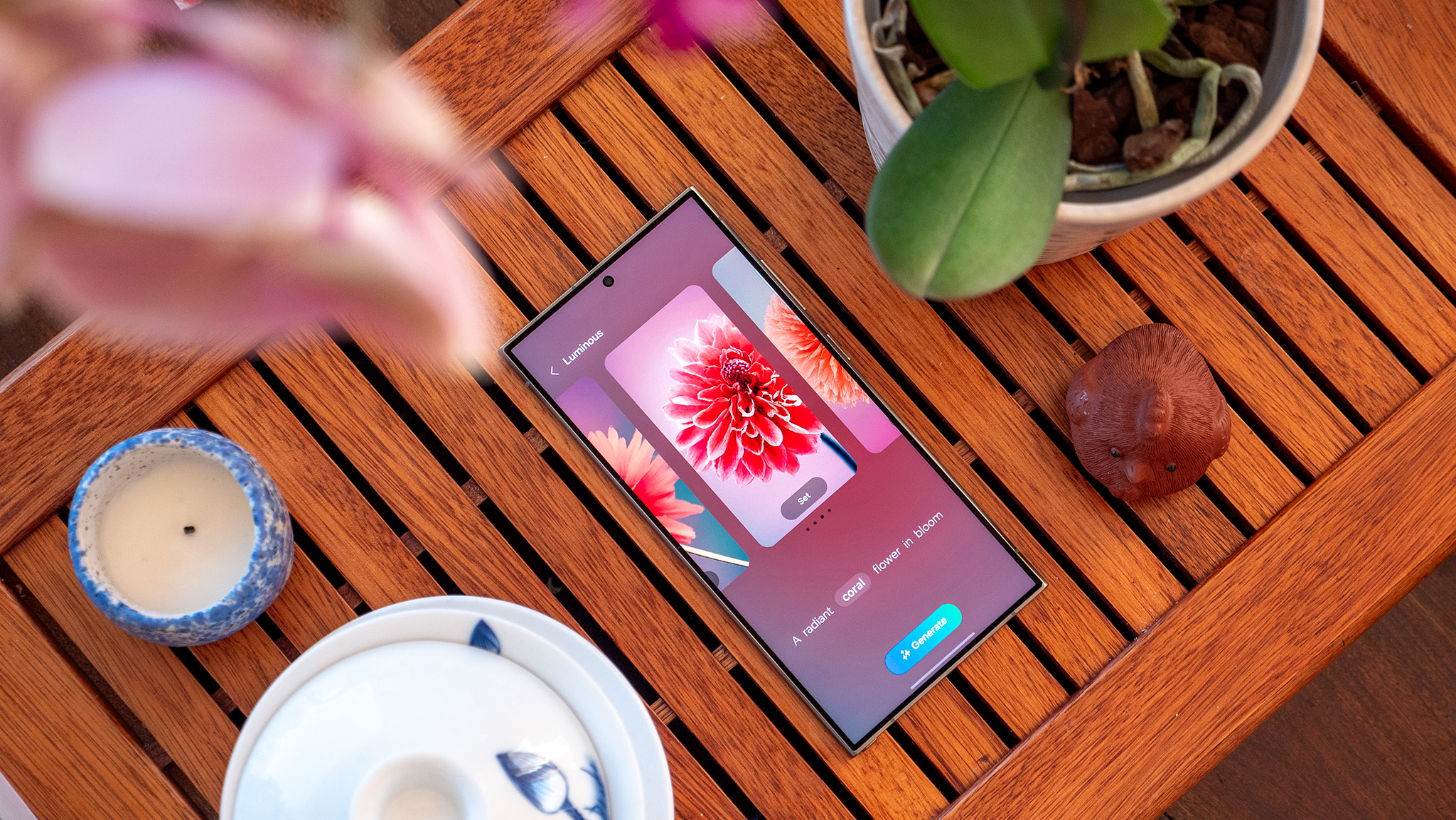
The decision between the ASUS Zenfone 11 Ultra vs. Samsung Galaxy S24 Ultra might seem like a tough one. With the same processor, the option for more RAM, same refresh rate, wireless charging, larger battery, same durable design, and more, the ASUS Zenfone 11 Ultra is very tempting, especially considering it costs much less. But there’s more to it than that.
The ASUS Zenfone 11 Ultra is indeed a phone you’ll love using, and it will enable you to keep up with everything you want to do, from productivity to entertainment, casual gaming, experimenting with AI, snapping photos, and staying in touch. But the big deciding factor will be longevity.
With Samsung supporting the Galaxy S24 Ultra for seven years of OS and security updates, it’s more than three times as long as ASUS offers for the Zenfone 11 Ultra. This becomes moot if you plan to trade in or upgrade your phone in a few years anyway. For those who finance their phones and will be handing them back in after the contract period to get something new, this won’t matter. If you are buying the phone outright, however, you will get better value with the Samsung Galaxy S24 Ultra.
Not only will you be able to hold onto the phone for 5+ years and still be able to enjoy the most up-to-date features (that the phone itself supports), but you’ll get more money for it if you are trading it in or reselling it. So, while you’re spending more, you’re getting something that’s built to last in more ways than one.
There are other aspects to consider. The Samsung Galaxy S24 Ultra has a much higher resolution screen, better cameras, and Wireless PowerShare, which is valuable if you have other Samsung products like Samsung Buds and comes in funky colors. When considering overall value, you’ll get more from the Samsung Galaxy S24 Ultra. But if you plan to sign up for a contract and trade in the phone for a new one in two years, you can save a bit by considering the ASUS Zenfone 11 Ultra, and it will beautifully meet your needs.
Good if on contract
If you are going on contract with the option to upgrade in a few years, consider the ASUS Zenfone 11 Ultra. You’ll get a powerful processor and fabulous AI features to play around with along with decent cameras and gaming performance. With limited software support, however, this isn’t a phone to keep for the long-haul.
A solid investment
Investing in the Samsung Galaxy S24 Ultra, you can easily keep this phone as your primary device for many years to come thanks to ongoing software and security updates. It, too, has a powerful processor, tons of AI features, great cameras, and gaming performance. It’ll cost more, but you’ll be able to stretch that investment over a longer period of time.







